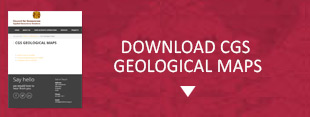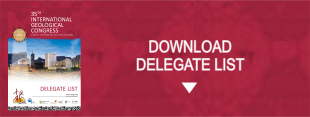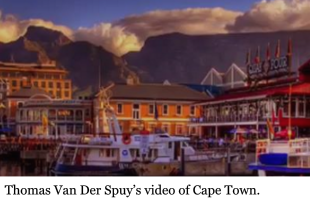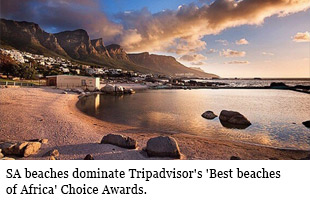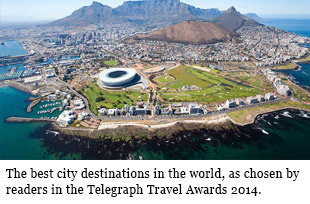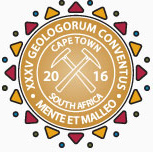
35TH INTERNATIONAL GEOLOGICAL CONGRESS
27 AUGUST - 4 SEPTEMBER 2016 | CAPE TOWN, SOUTH AFRICA
Sponsors
Keystone Sponsor
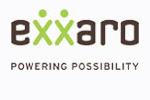

Diamond Sponsor


Gold Sponsor


Silver Sponsor
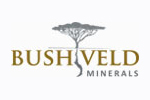

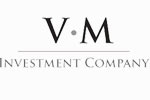
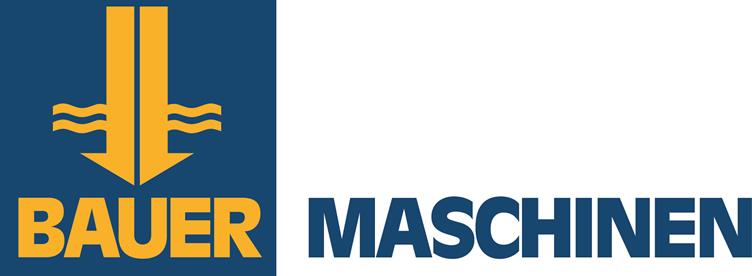




Business Centre Sponsor


Publication Sponsor




Social Function


Plenary Speaker Sponsor


Speaker Gift Sponsor


Post Graduate Fund


Registration


Welcome Drinks
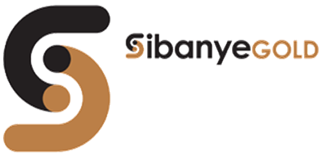

Lunch Time Drinks
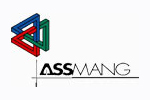

Publication &
35 IGC SAGPGF
35 IGC SAGPGF

35 IGC SAGPGF




MY IGC APP


Symposium Sponsor
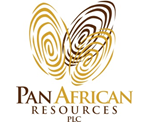
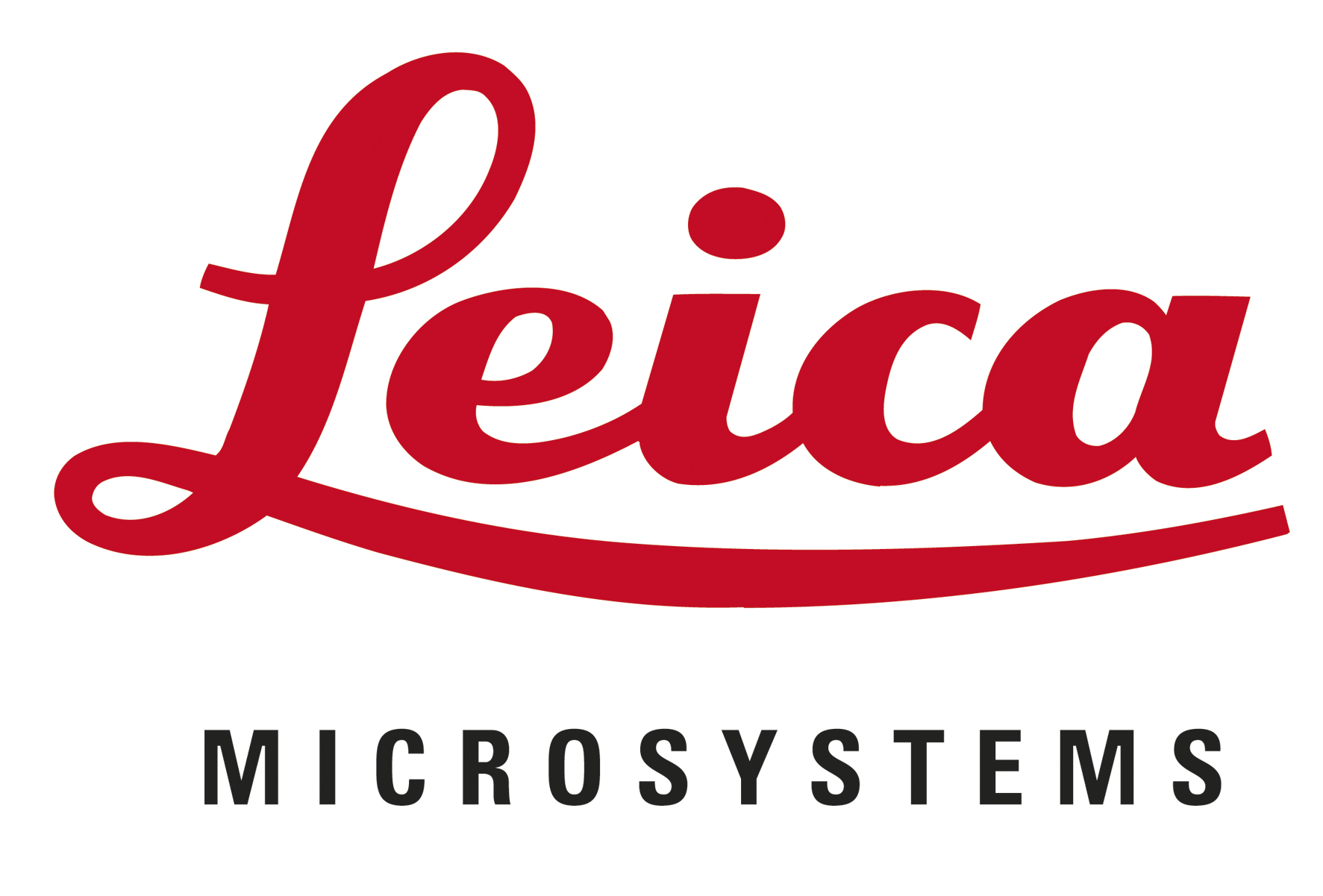


Audit Sponsor
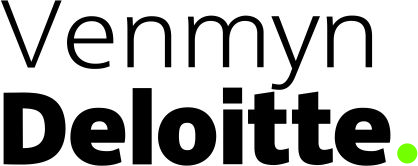

35TH INTERNATIONAL GEOLOGICAL CONGRESS
27 AUGUST - 4 SEPTEMBER 2016 | CAPE TOWN, SOUTH AFRICA
My IGC
Symposium Details
| Title | Description | Convenors |
|---|---|---|
| Crustal deformation and seismotectonics in Africa: Active faulting and earthquake hazard assessment | The African continent is made of various geological structures that include zones of active deformation in interplate and intraplate tectonic domains. Seismically active regions are primarily located along rift zones and related volcanic activity, thrust and fold mountain belts, transform faults. Several tectonic structures may generate large earthquakes with significant damage and economic losses in Africa. The development of thematic mapping (sponsored by the UNESCO-IUGS programme IGCP-601) with the identification and characterization of seismically active zones constitutes the framework for the seismic hazard assessment and mitigation of catastrophes. The African plate was the site of numerous large earthquakes, the most recent events being the 2006 Machaze earthquake (M 7.0) in Mozambique, the 2003 Zemmouri-Boumerdes earthquake (M 6.8) in Algeria, and the 1990 Juba earthquake (M 7.1) in southern Soudan. The presence of major active faults that generate destructive earthquakes is among the most important geological and geophysical hazards on the continent. In this session we seek contributions on the observation, analysis and modelling of the significant seismotectonic activity on the African continent and neighbouring islands. In particular, we encourage contributions on the lithospheric and crustal deformation using interdisciplinary approaches and field measurements such as GPS, InSAR and seismicity analysis (tomography) in contractional and extensional tectonic domains, and along main transform faults. | Mustapha Meghraoui, Vunganai Midzi and Atalay Ayele |
 Field trips
Field trips  Sponsorship & expo
Sponsorship & expo  Registration
Registration Tours
Tours  Promotion
Promotion 

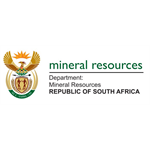












 Conference Programme
Conference Programme  Field trips
Field trips  Sponsorship & expo
Sponsorship & expo  Volunteer
Volunteer  GeoHost
GeoHost  Registration
Registration Tours
Tours  Promotion
Promotion  Publications
Publications


